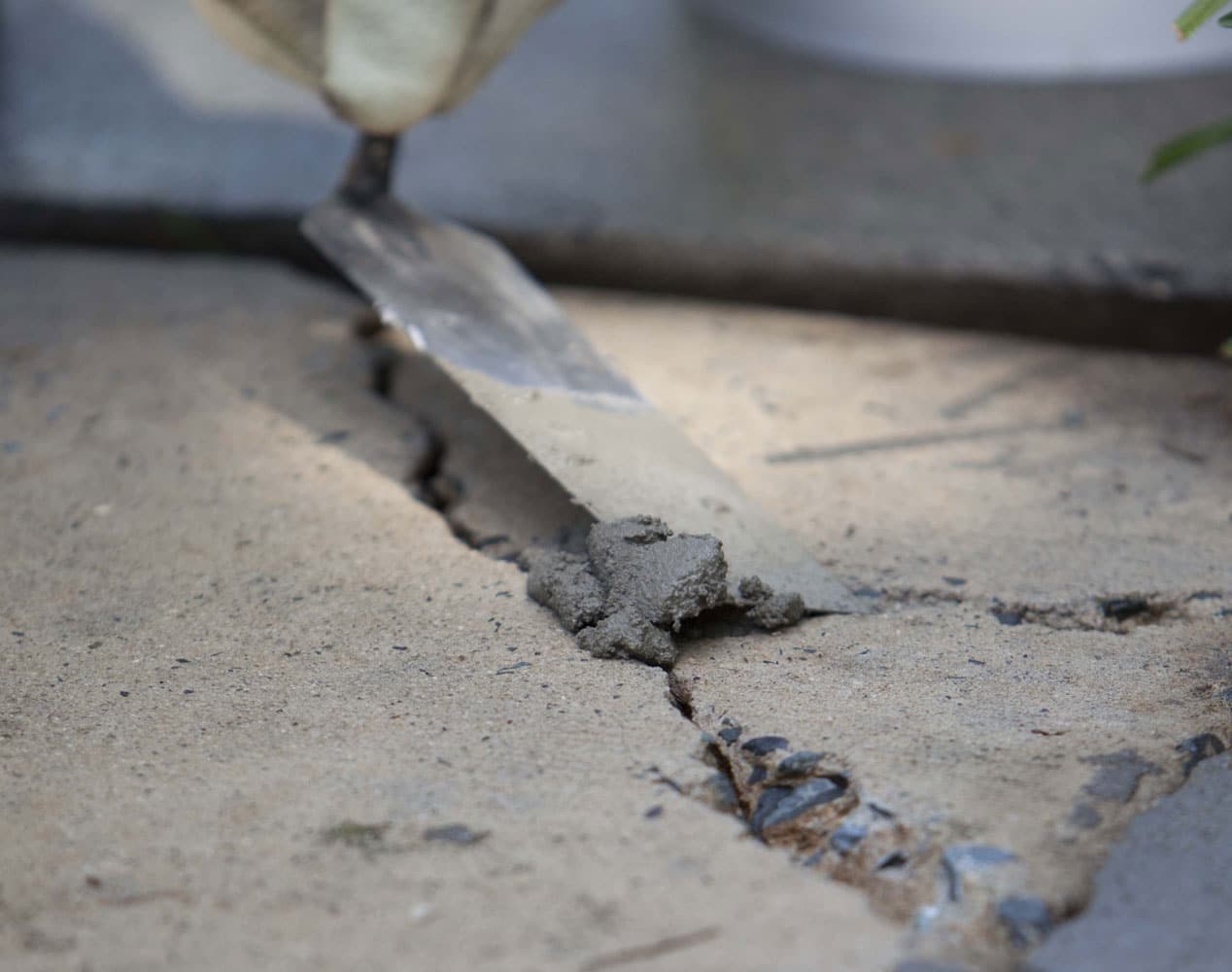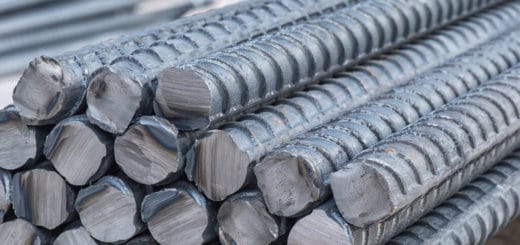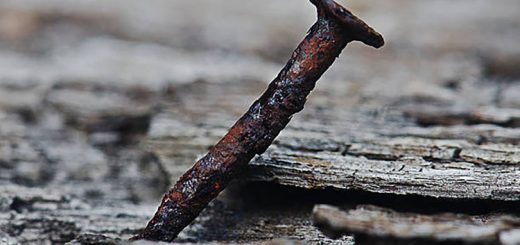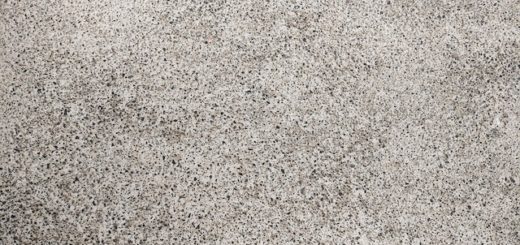Hydraulic Cement | For Variety of Concrete
As a civil engineer, you understand the importance of reliable strength and durability when it comes to the structural integrity of a building or construction project. Hydraulic cement is one material that can provide an effective solution for many of your projects, whether you are looking for a waterproof concrete admixture or a robust material for structural repair. In this article, we will explore the characteristics of hydraulic cement and how it can be beneficial in a variety of engineering applications.
One reason hydraulic cement is so useful is its versatility. This type of cement can be used in a wet or dry environment, making it ideal for a number of different projects. It is also resistant to weathering and has a long lifespan, meaning it will be a reliable material for many years to come.
Another benefit of hydraulic cement is that it sets very quickly. This can be extremely useful if you are working on a construction project with a tight timeline. It also means that you can repair cracks and leaks quickly, as the cement will set in a matter of minutes.
If you are looking for a reliable and versatile material for your engineering projects, hydraulic cements are an excellent option. It is durable, quick-setting, and resistant to weathering, making it a ideal choice for a variety of applications.
Historical Development of Hydraulic Cement
Cement is a material made from mixing cement powder, water, and aggregate (sand or gravel). Hydraulic cement, usually just called cement, was invented in the mid-1800s. It was developed to make concrete—a combination of portland cement, fine aggregate and water—which hardens into a solid mass over time. Cement has been used since ancient times to hold things together. The binding properties of hydraulic cement were recognized by Romans who used lime mortars. These mortars hardened and bonded Roman bricks as they dried. In 1824, a patent for hydraulic lime was awarded to Joseph Aspdin, a British bricklayer who produced quicklime by burning limestone with coal in kilns.
Chemical Composition of Hydraulic Cement
The chemical composition of hydraulic cement is primarily a mixture of three mineral species: quartz, clay minerals and iron oxide. The main component is quartz, which contributes to the hardness of these cements. Clay minerals form a framework that binds the grains together and provides porosity for water and air. Iron oxide serves as an oxidizing agent that allows cement to cure underwater below the water table when its dispersion in water is initiated by an external source of heat (typically, a curing vessel). In addition to these main components, hydraulic cements also contains minor amounts of additives such as accelerators, retarders, shrinkage control agents and plasticizers.
The Chemical Composition of Hydraulic Cement is the name that the American Concrete Institute (ACI) gives to a group of standardized tests related to the chemical composition of cement. It is used to determine an average value for various cement properties based on many samples from different manufacturers. The chemical composition test was developed in 1936 by a committee from the ACI, and first published in 1937 as an addendum to their report “Standard Test Method for Determining Strength Properties of Cement Mortars”.
The original purpose was to allow comparison of results between laboratories working with different samples, since it was recognized that there were large variations in results obtained using different samples. In order to make the comparisons meaningful, it was necessary to establish a standard sample that would yield similar results regardless of where it was obtained. This led to a definition of a particular kind and origin of limestone, called standard limestone, as well as a particular field blend of sand and gravel as “standard sand” and “standard gravel” respectively.
These two materials were chosen because they seemed more likely than others to be available wherever testing was done, and also because they were among the most widely used ingredients in concrete mixes at the time. The test itself involves measuring certain components found in cement by burning off all other material that is not made up mainly of calcium oxide (CaO), silica (SiO2), alumina (Al2O3) and iron oxide (Fe2O3). The resulting ash is then weighed and analyzed for these components. By knowing how much CaO, Al2O3 and Fe2O3 are present, one can calculate the amount of SiO2 present by weighting out the three oxides together with distilled water.
Application of Hydraulic Cement
The hydraulic cement is a rigid and hard binding material, made by mixing water, sand, various additives and Portland cement. The hydraulic cement is specially used in dam construction sites and foundations of high buildings. A hydraulic cement is a mixture of Portland cement, fine aggregate and water which sets under water or when mixed with an appropriate amount of water.
The hydraulic cements are mainly used for the builders to make the concrete structures strong, durable and waterproof. They are also used to make concrete floorings that can bear heavy loads. During the curing process of the concrete structures built using the hydraulic cements, it cures very slowly due to its hydration process that takes place under the wet conditions.
This material helps prevent snow from building up on the road and causing accidents. However, there are certain considerations when applying this material to roads in cold weather.
Some of the application of Hydraulic Cement are as follows.
- Construction of underwater structures
- Basement construction
- Construction of water tanks
- Dam construction
- Construction of Masonry walls
Advantages of Hydraulic Cement
The advantages of Hydraulic Cement are:
- It is the most economical and versatile of all cements.
- Hydraulic cement include its versatility, quick-setting time, and durability
- In most cases, it can be used in place of Portland Cement.
- It has a higher compressive strength than Portland Cement.
- Resistant to weathering
- Long lifespan
- Since it will set under water, it can be used to fill holes on the bottom of ponds or lakes.
- It has a high early strength and can be used for filling large potholes on roads.
- Hydraulic cement hardens underwater, which makes it ideal for marine construction and watertight buildings such as dams or bridges. Non-hydraulic cement doesn’t harden underwater, so it requires a lot more mixing before application and dries quicker on land.
- hydraulic cement also provides smooth surfaces that resist corrosion from weathering because of their protection against water.
Disadvantages of Hydraulic Cement
One of the main disadvantages of hydraulic cements are that its strength decreases as it ages. It’s also more prone to cracking than many other types of concrete. The material is porous, meaning water can seep into it and weaken its base. If you want to use hydraulic cement, consider using a sealant to make it last longer.




